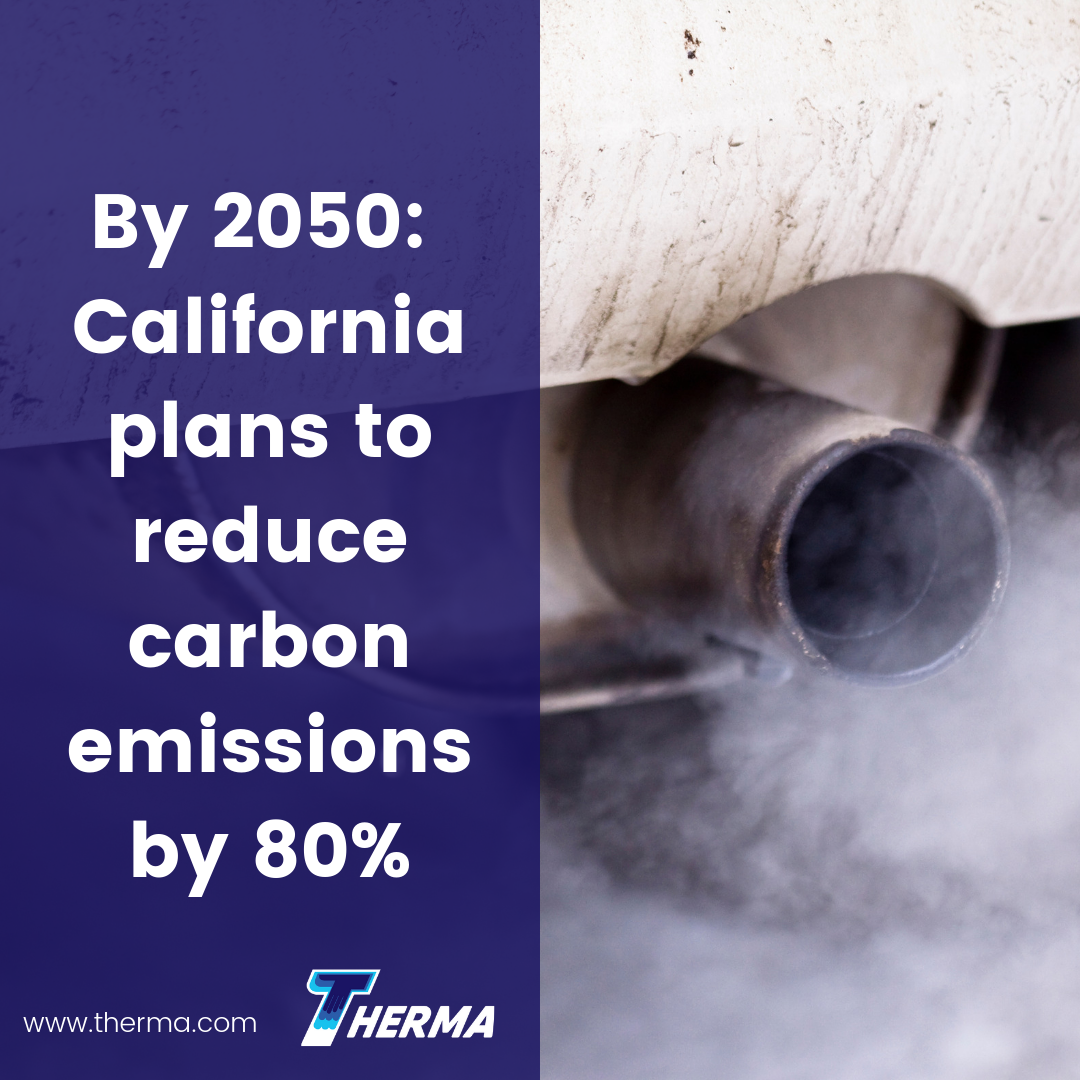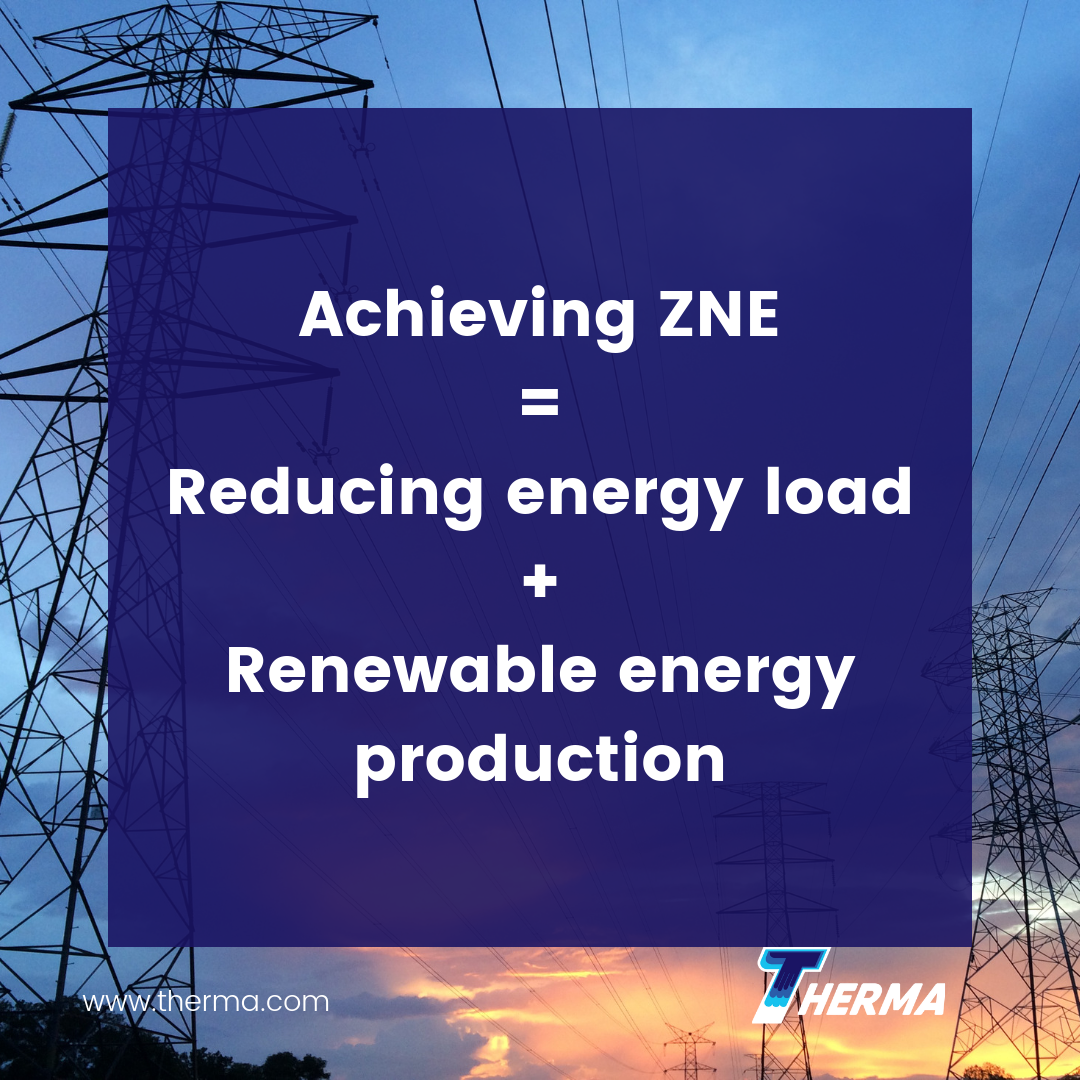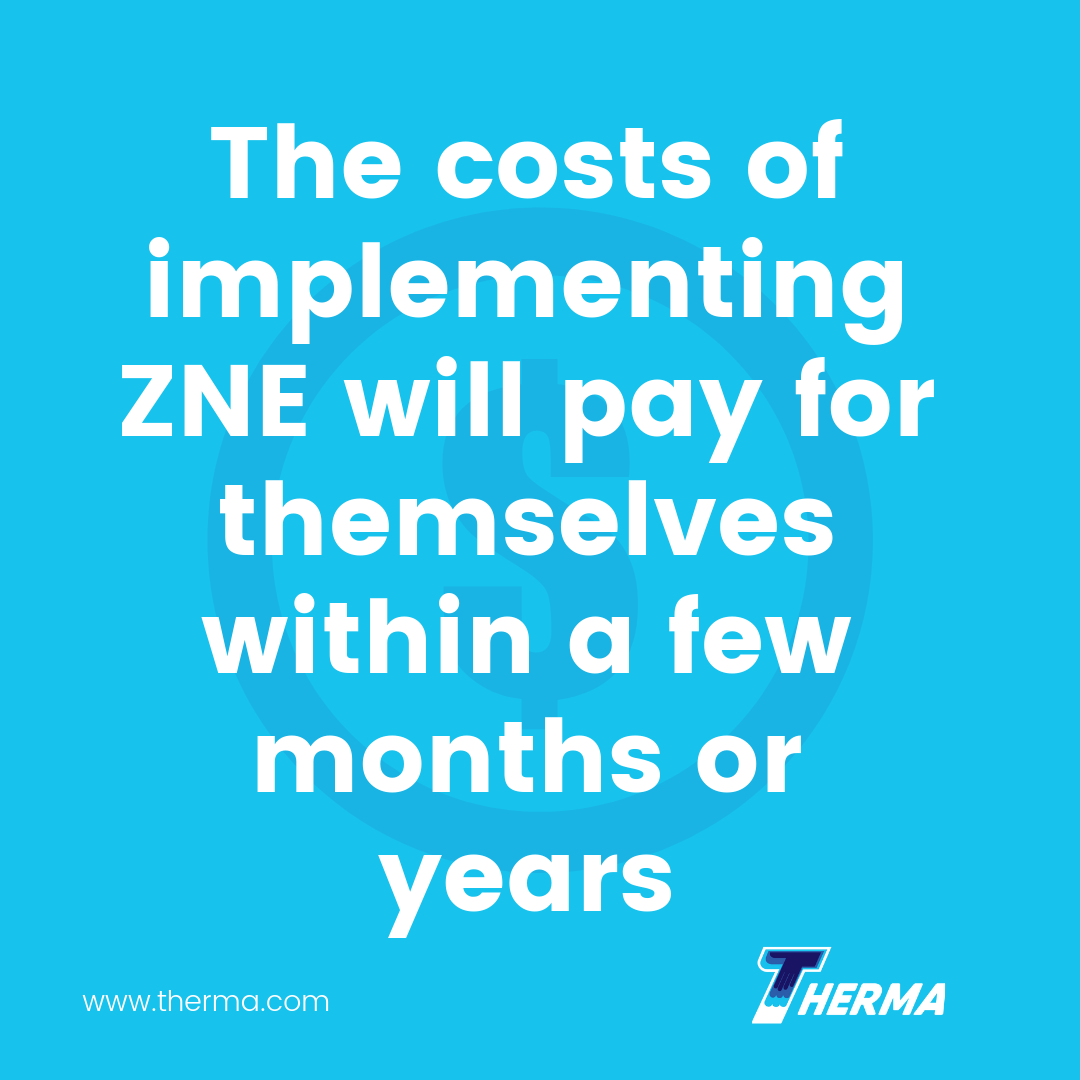Building a Cleaner World: Zero-Net-Energy Buildings
By Freedom Ahn
Reducing the carbon footprint of businesses and residences is one of the highest priorities for many new build projects. Zero-Net-Energy (ZNE) buildings are becoming more popular as a way to achieve emissions reduction while limiting dependence on fossil fuels. California has set ambitious goals concerning ZNE construction and retrofitting as well as total emissions reduction over the next 30 years:
- 2020: All new residential construction will be ZNE
- 2025: 50% of new, significant renovations of state buildings will be ZNE
- 2030: All new commercial construction will be ZNE; 50% of commercial buildings will be retrofitted to ZNE; carbon emissions will be cut by 40%
- 2050: Carbon emissions will be cut by 80%

Regulations alone are not enough. The Golden State can succeed in meeting its goals only with continual advancement in the area of energy efficiency. This is most pertinent for core components of buildings that traditionally use the most energy, such as HVAC systems.
What Exactly Is Zero-Net-Energy?
According to definitions put in place by the Department of Energy (DOE), for a ZNE building must produce energy through renewable sources equal to the amount it uses during a specified time period. The National Renewable Energy Laboratory (NREL) classifies Net Zero Energy Buildings (NZEB) based on how they reach ZNE status:
- NZEB-A: Buildings that offset their energy usage from the grid by generating renewable energy from within the building footprint
- NZEB-B: Buildings that offset their energy usage from the grid with renewable energy generated on-site, but outside the exact building footprint
- NZEB-C: Buildings that offset their energy usage from the grid by importing renewable energy from outside
- NZEB-D: Buildings that offset their energy usage from the grid by purchasing Renewable Energy Credits
How Is Zero-Net-Energy Achieved?
ZNE can be achieved via a two-pronged effort that includes building for the strictest possible efficiency combined with the implementation of renewable energy production (most commonly on-site, in the form of photovoltaic (solar) panels.) By reducing a building’s total energy load, and then generating, importing or purchasing renewable energy, it can replace the amount of energy it must draw from the grid and reach ZNE status.
The Role of HVAC in Zero-Net-Energy Buildings
One of the largest energy consumers in residential and commercial buildings is the HVAC system, which can consume up to 60% of the energy demand. Eliminating HVAC isn’t an option in most builds; people require a comfortable range of temperature for both work, relaxation and overall health.
Innovation in the HVAC industry has produced systems that conserve energy as much as possible internally. Externally, the demands for power can be reduced even further through the use of automation systems, including smart thermostats and sensors. Connected to the Internet of Things (IoT), these intelligent devices can track and moderate temperatures based on time of day, external and internal temperatures, and which parts of a building are in use.
Crucial components of the building design, including building orientation and the insulatory envelope, can also directly impact the HVAC system’s energy consumption. Through the management of these and other factors such as heat-producing lighting and appliances, HVAC systems can deliver higher energy efficiency that requires less generation or procurement of renewable energy to offset the cost of running the system.
The Benefits of Zero-Net-Energy Buildings
Each energy-efficient and self-sustaining ZNE building will reduce its overall carbon footprint. The costs of implementing ZNE will pay for themselves within a few months or years by minimizing energy demands through energy efficiency in building construction and HVAC development. Homeowners or commercial building owners can relax knowing they’re not only helping to build a cleaner world, but they will also continue to reap the cost-saving benefits for the life of the equipped building.
At Therma, our team is committed to conceptualizing and delivering HVAC systems designed for the highest possible energy efficiency, helping make ZNE buildings a reality. Learn more about the potential of complex HVAC systems today.
Biography
Freedom Ahn, MBA, is an expert business & technology writer specializing in AI, blockchain, mechanical engineering, and physics (incl. engineering physics); a self-professed supply-chain geek; and
an award-winning short-fiction author & playwright. She is also a freelance American-Japanese translation/transcreation consultant.
References
- https://www.ocregister.com/2018/05/04/california-to-become-first-u-s-state-mandating-solar-on-new-homes/
- https://www.nrdc.org/experts/pierre-delforge/ca-building-code-takes-big-step-toward-net-zero-energy
- https://www.nrel.gov/docs/fy10osti/44586.pdf
- https://www.pnnl.gov/main/publications/external/technical_reports/PNNL-26638.pdf
- https://www.energy.gov/sites/prod/files/2015/09/f26/A%20Common%20Definition%20for%20Zero%20Energy%20Buildings.pdf









